Bit Error Probability, ML Decoding Rule and Specific Codeword Decoding
VerifiedAdded on 2023/04/26
|7
|968
|89
AI Summary
This document covers topics like Bit Error Probability, ML Decoding Rule and Specific Codeword Decoding in Electronics. It explains the formulas and calculations involved in these topics. The document also mentions the subject, course code and college/university.
Contribute Materials
Your contribution can guide someone’s learning journey. Share your
documents today.
1 out of 7
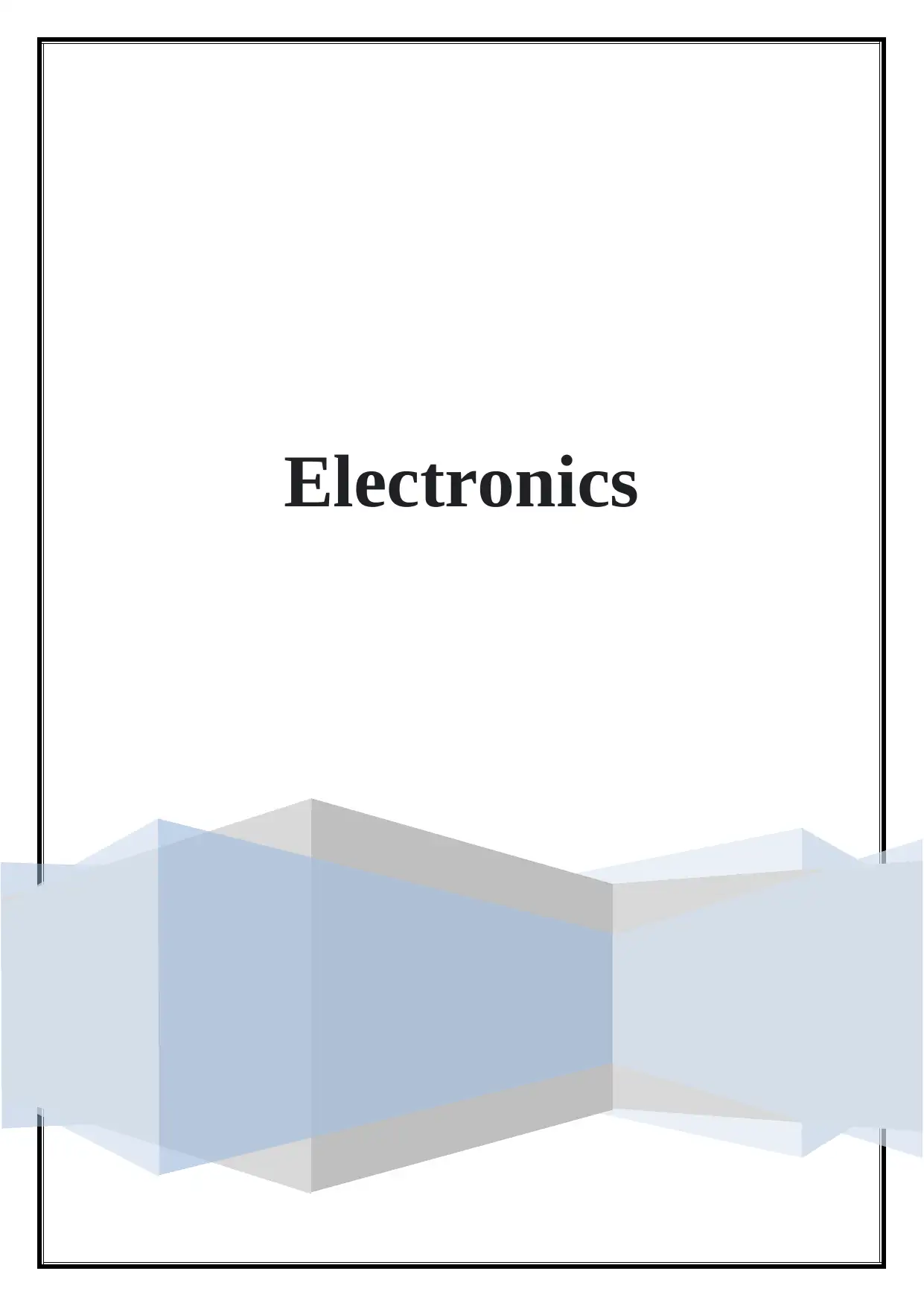
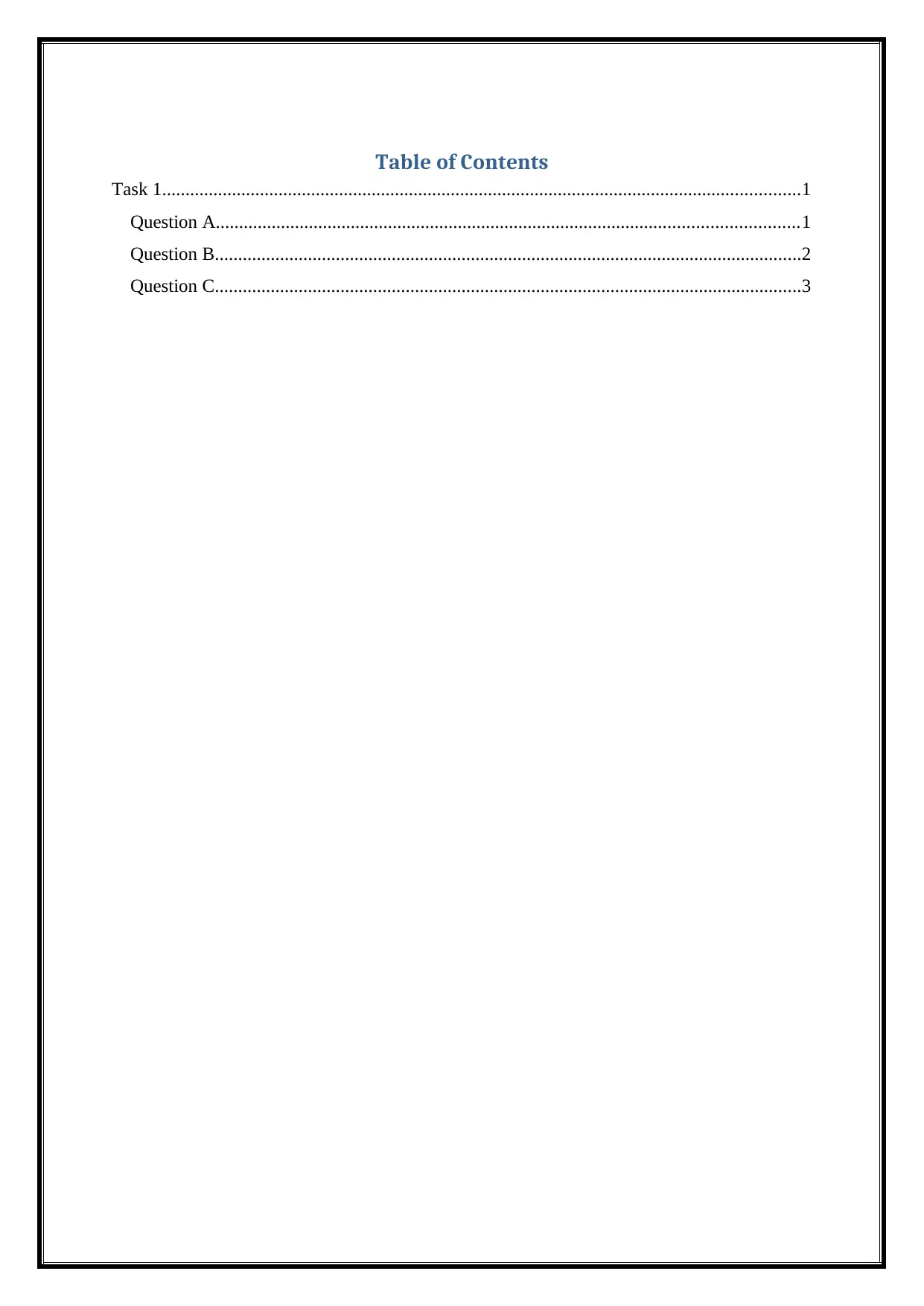
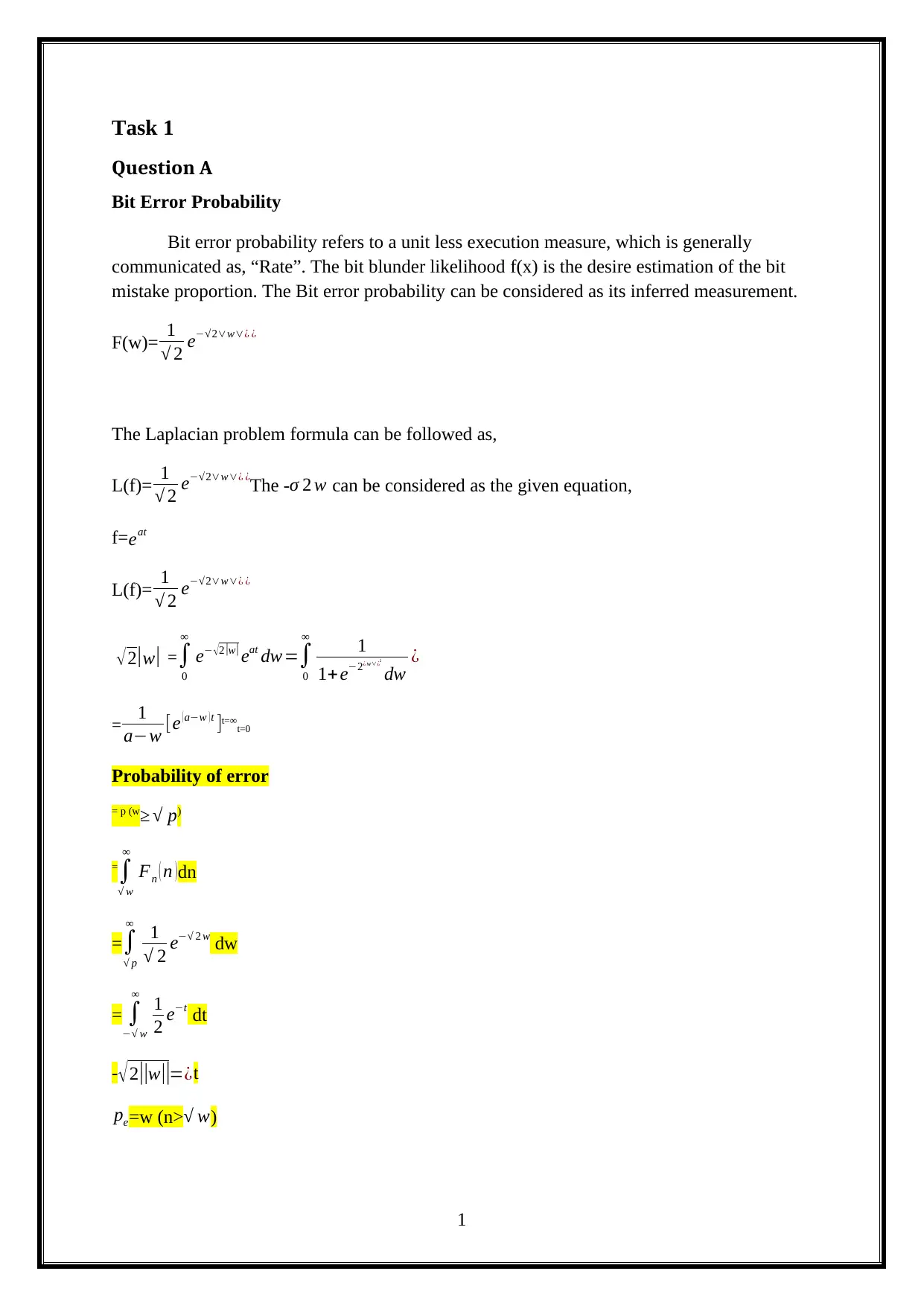
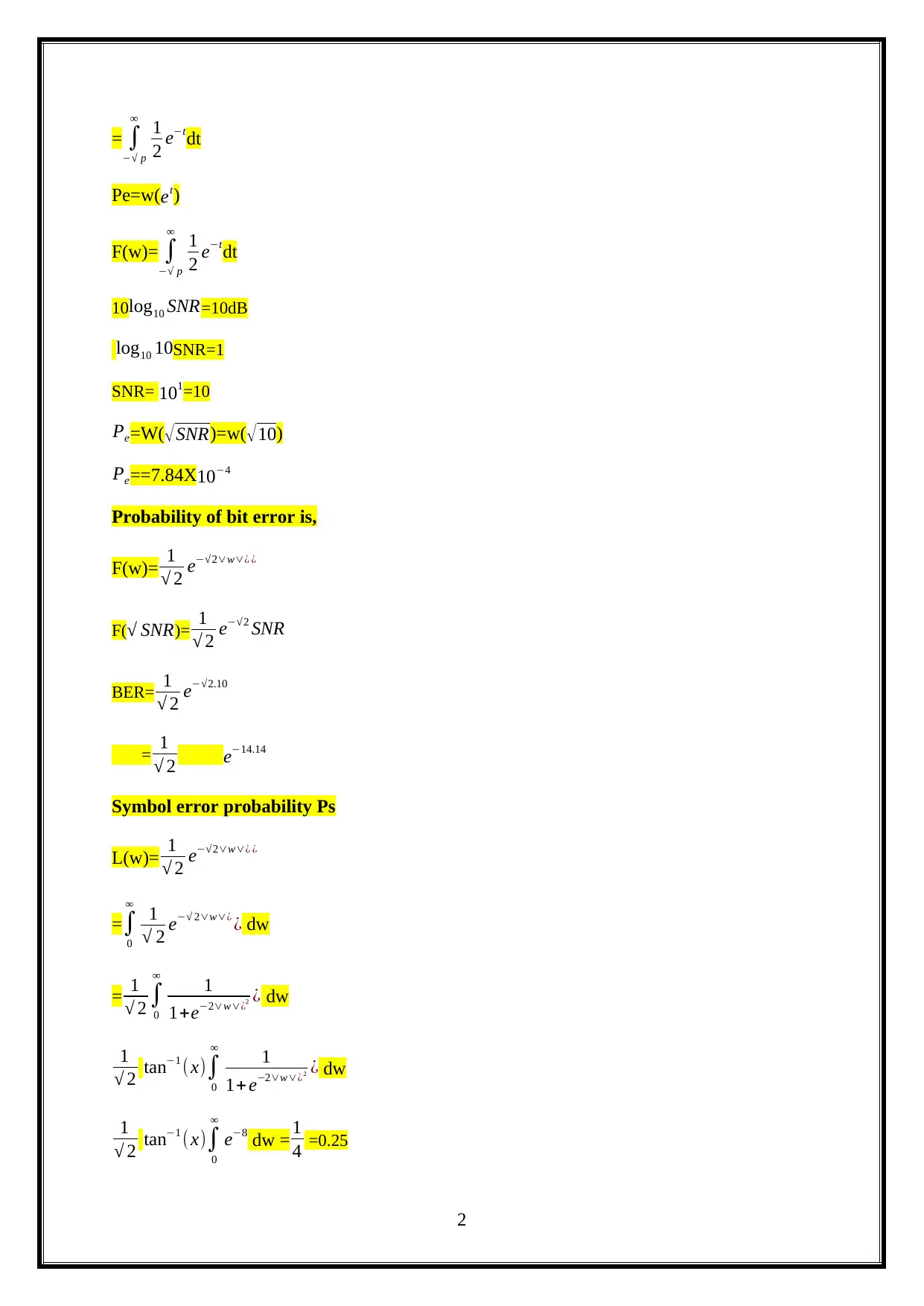
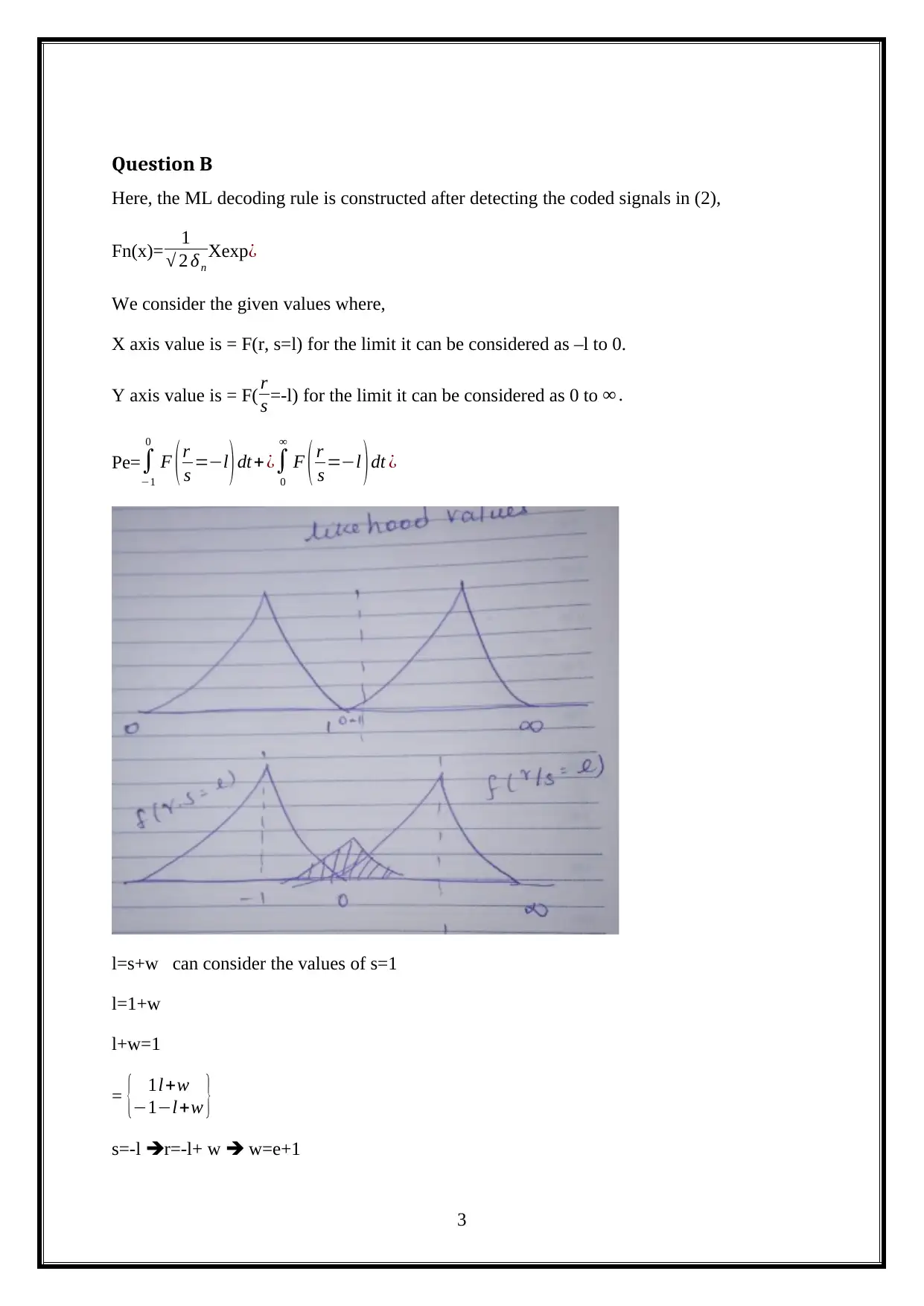
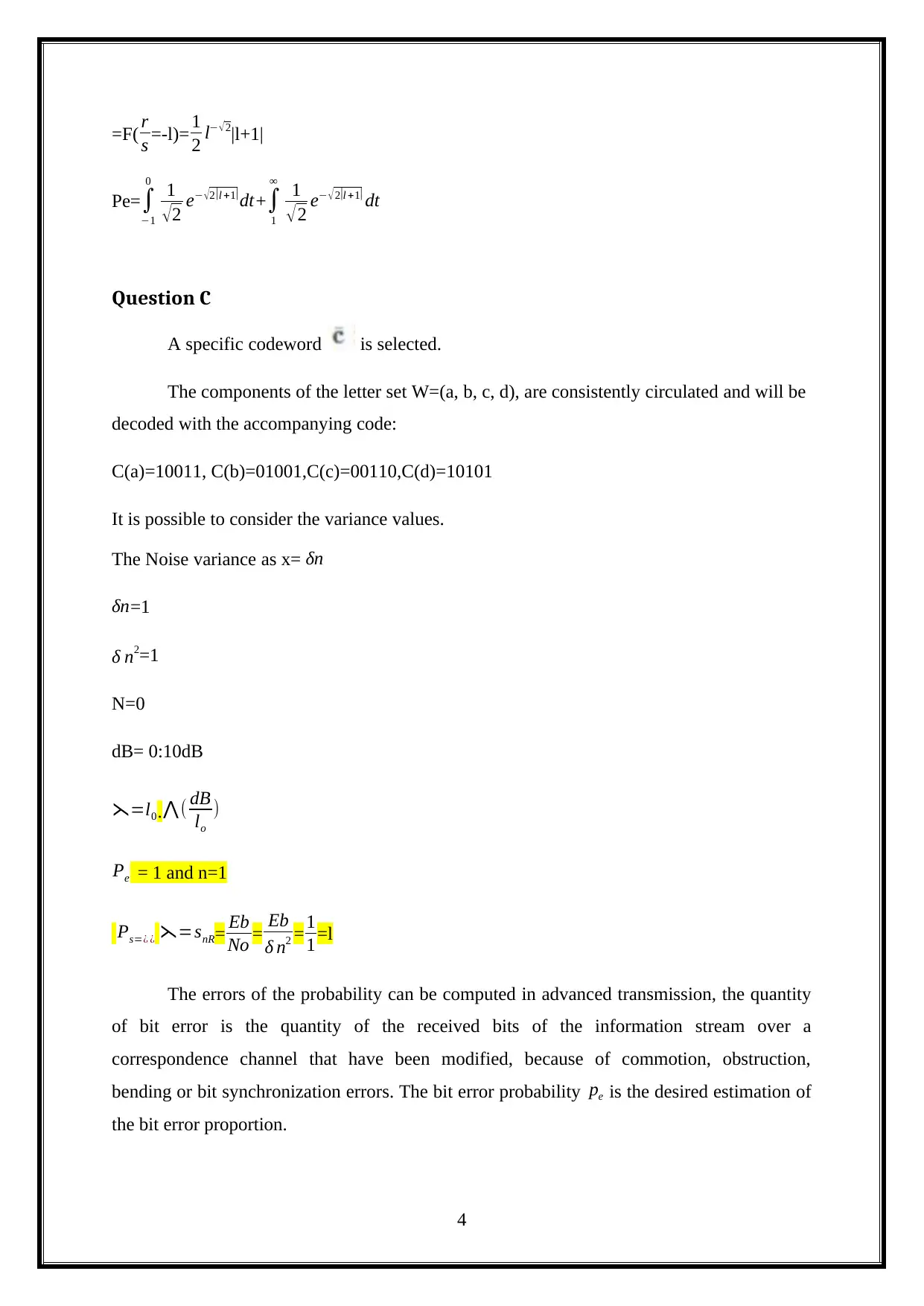
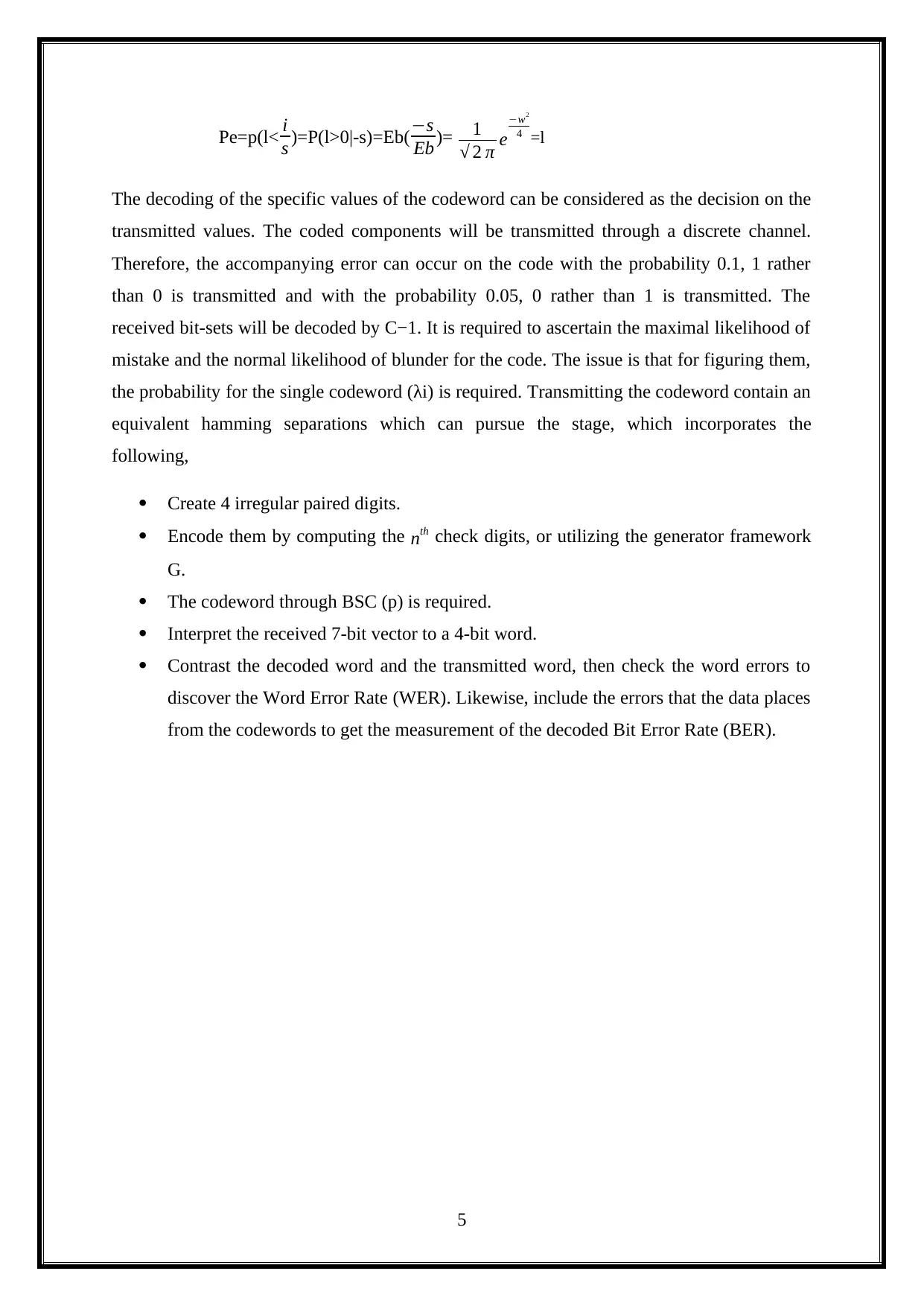






![[object Object]](/_next/static/media/star-bottom.7253800d.svg)